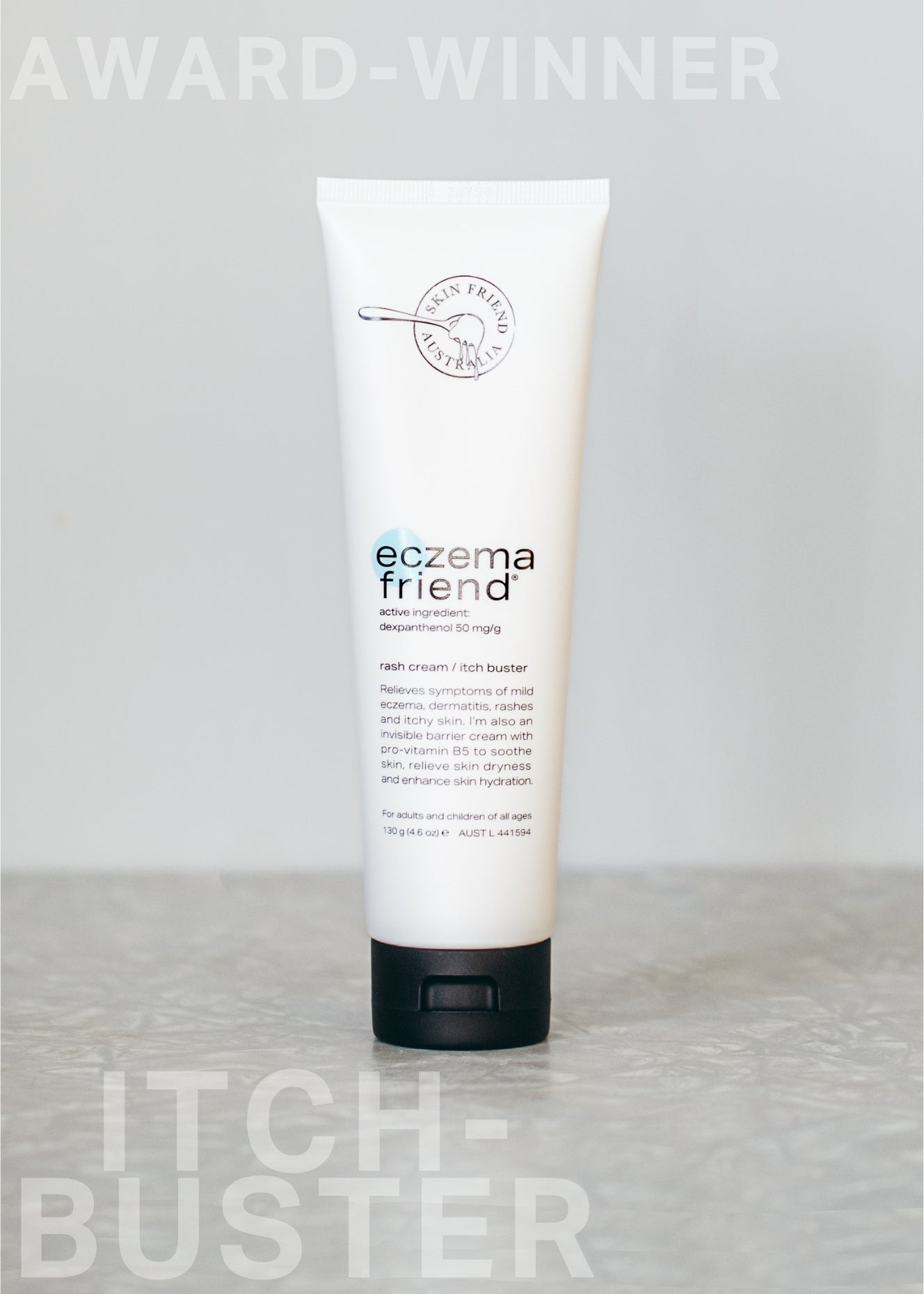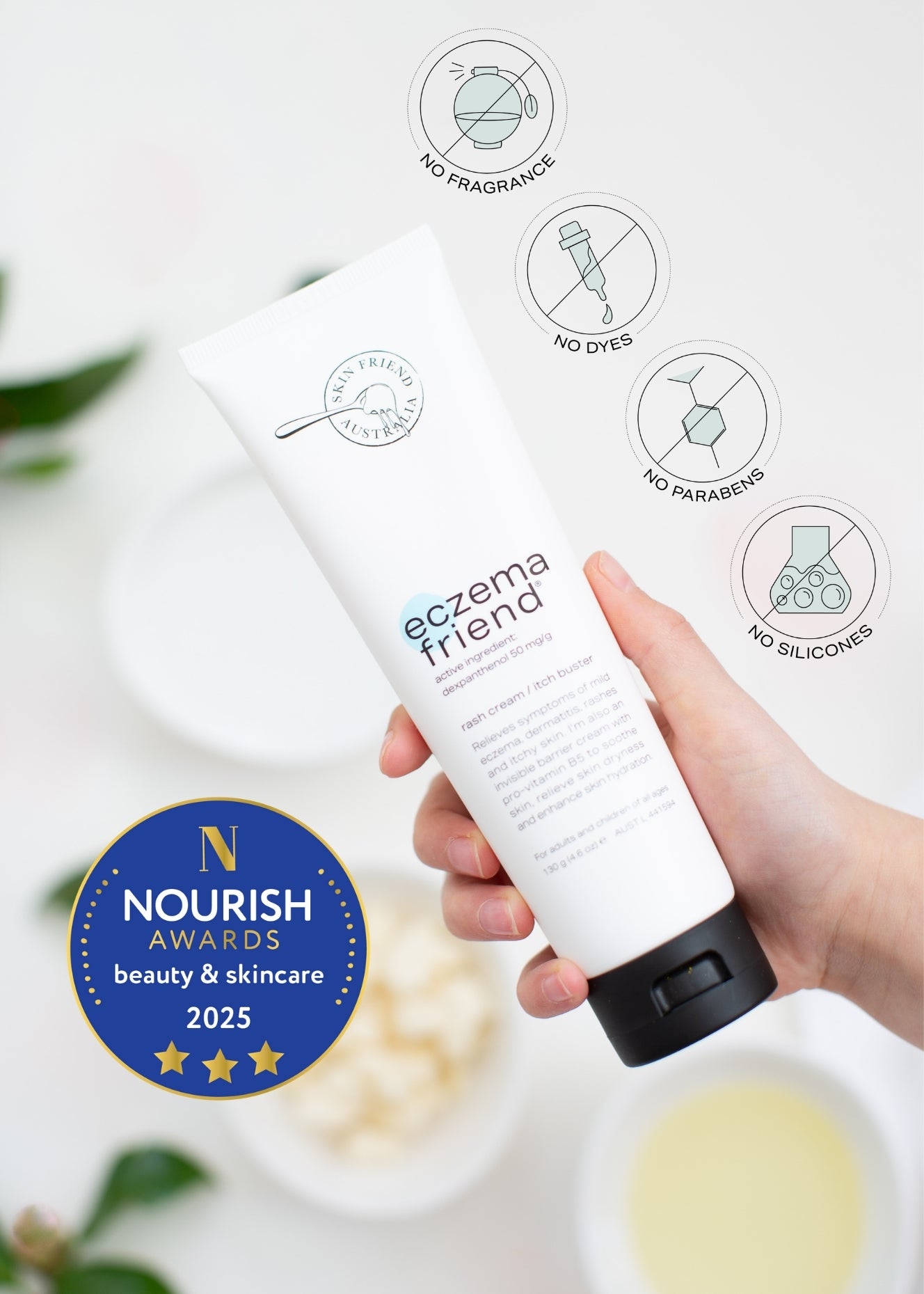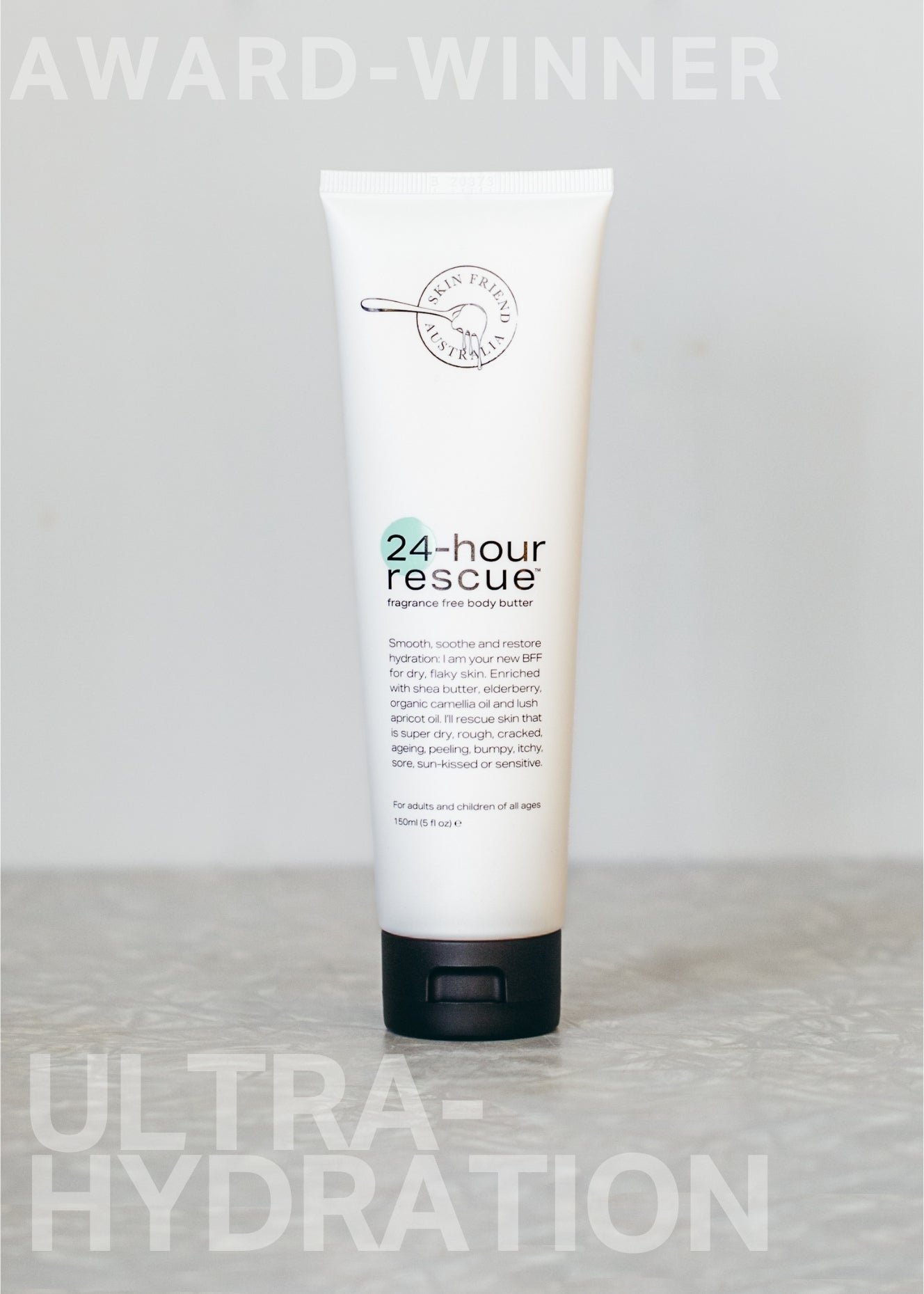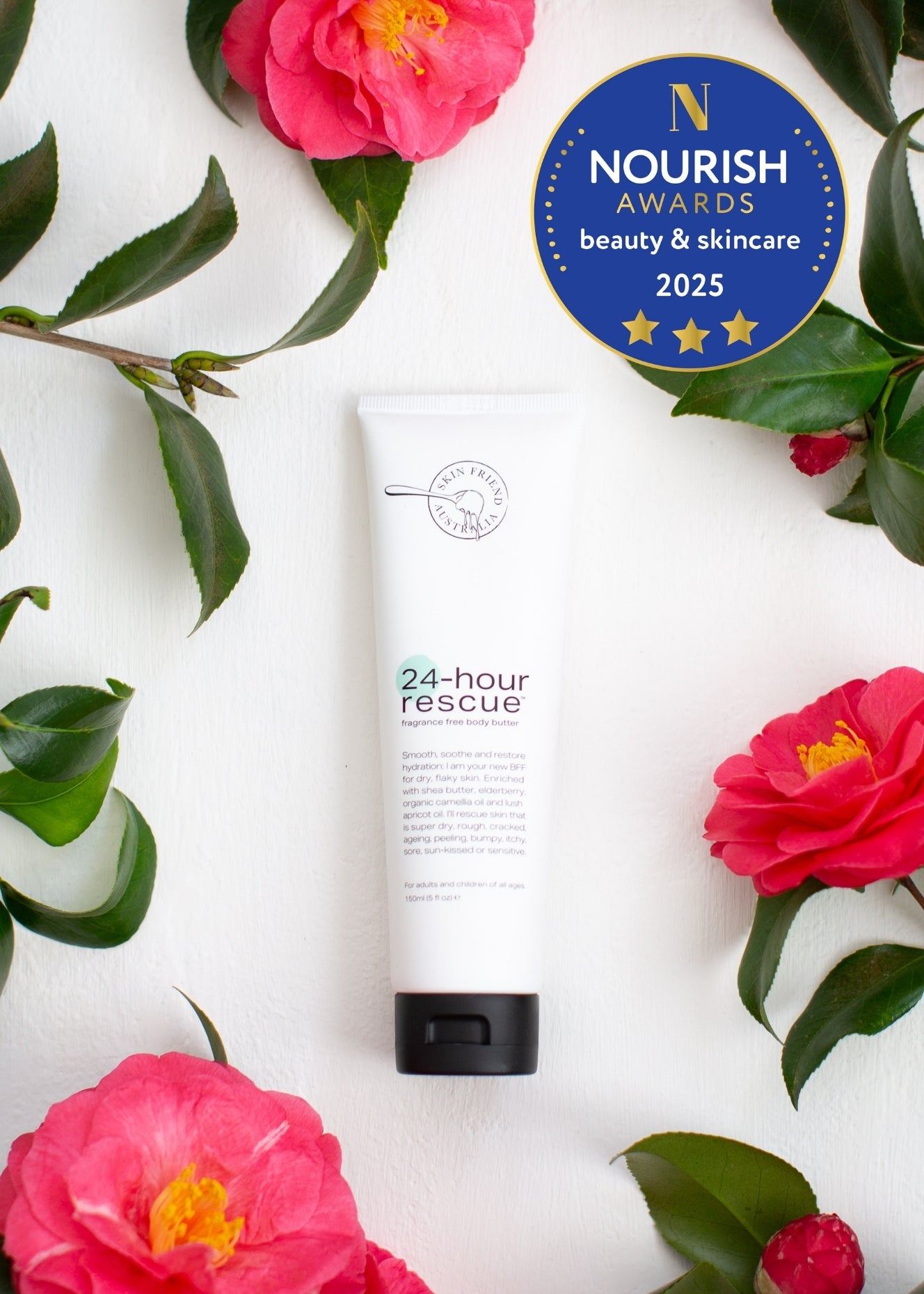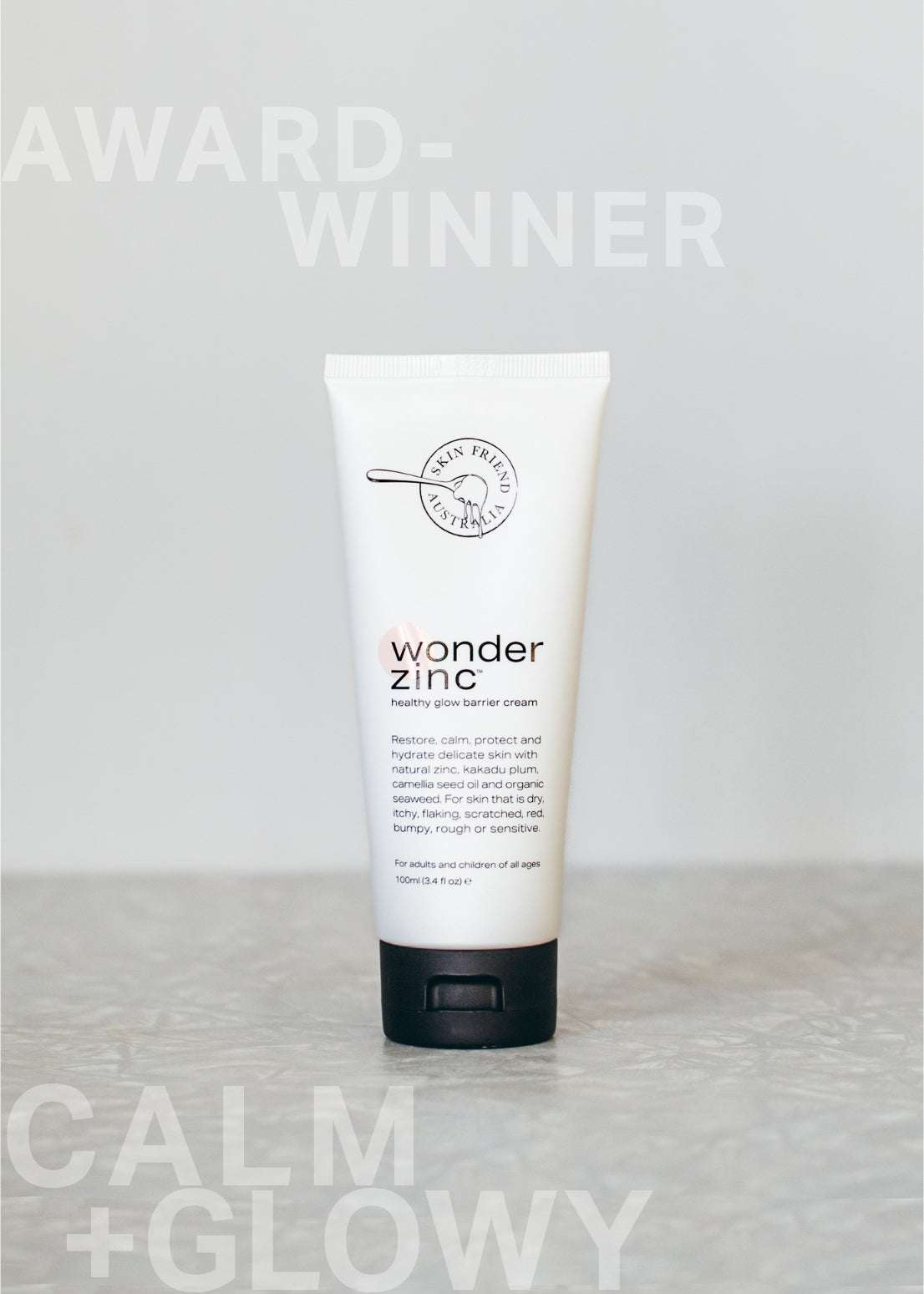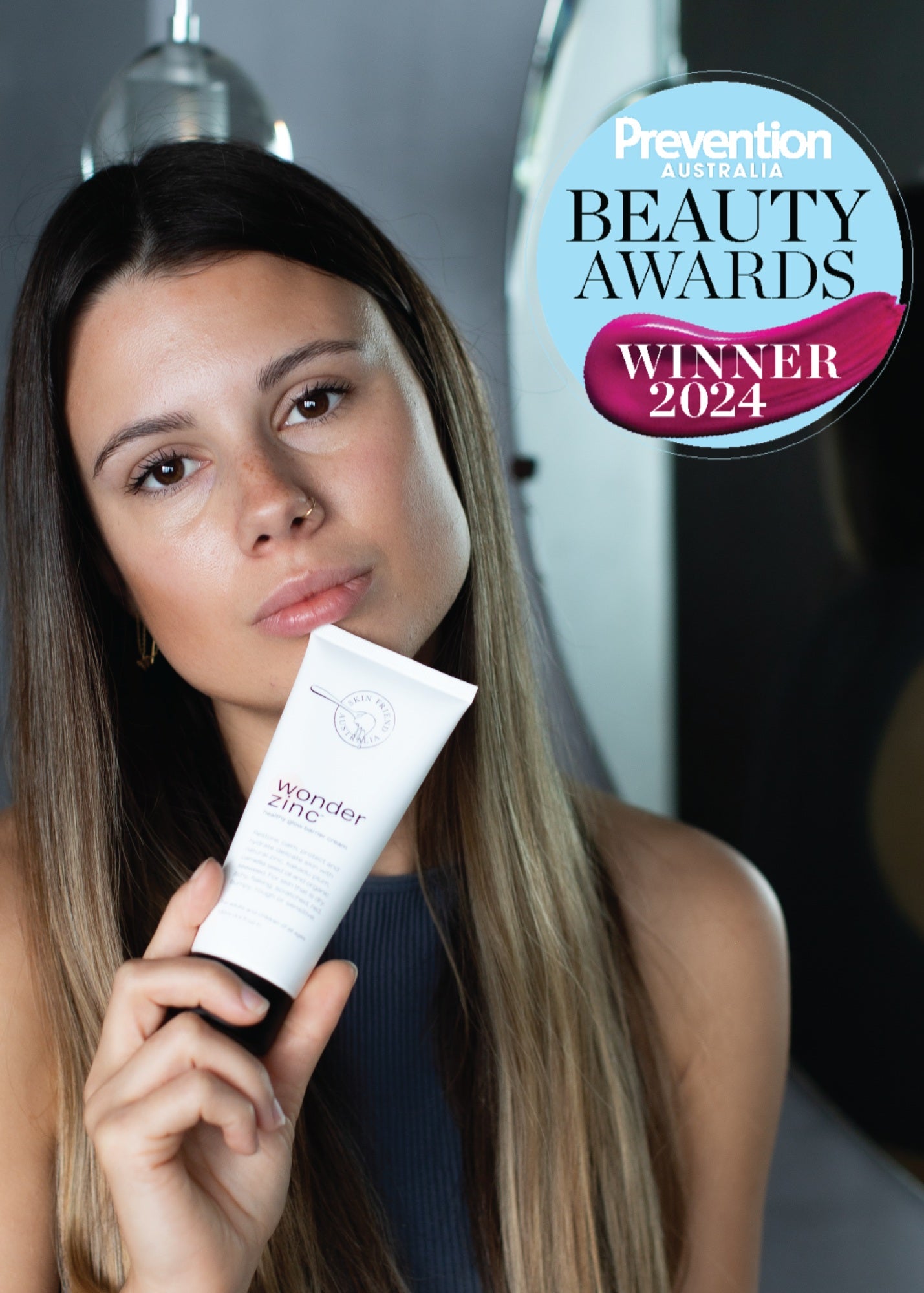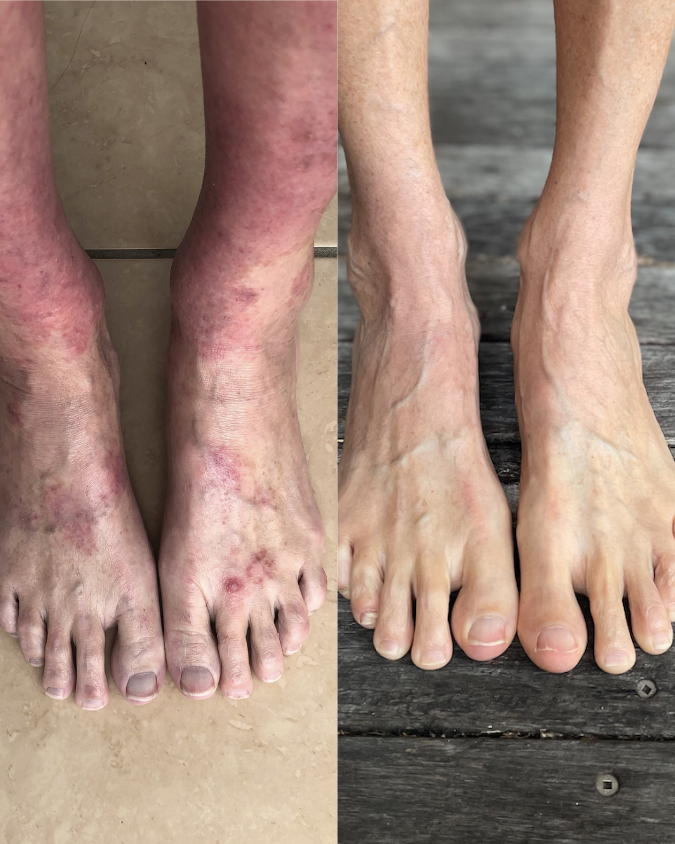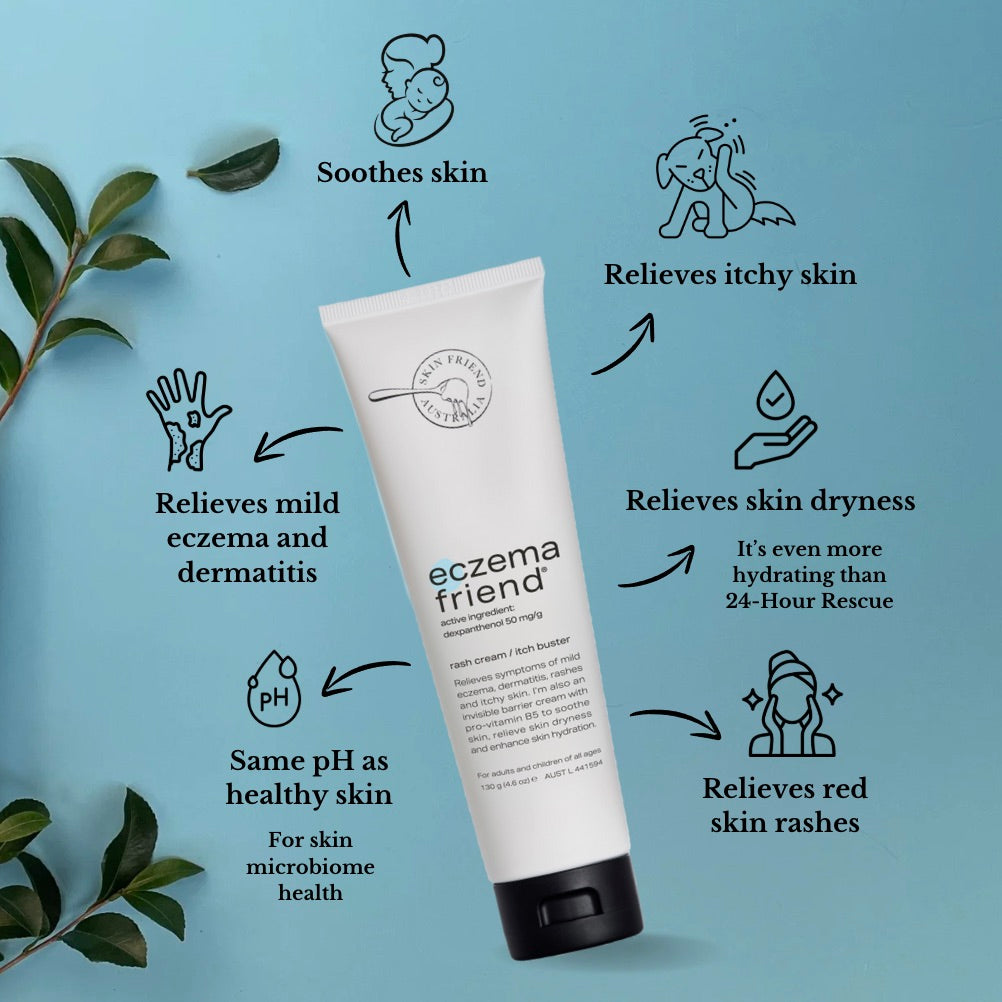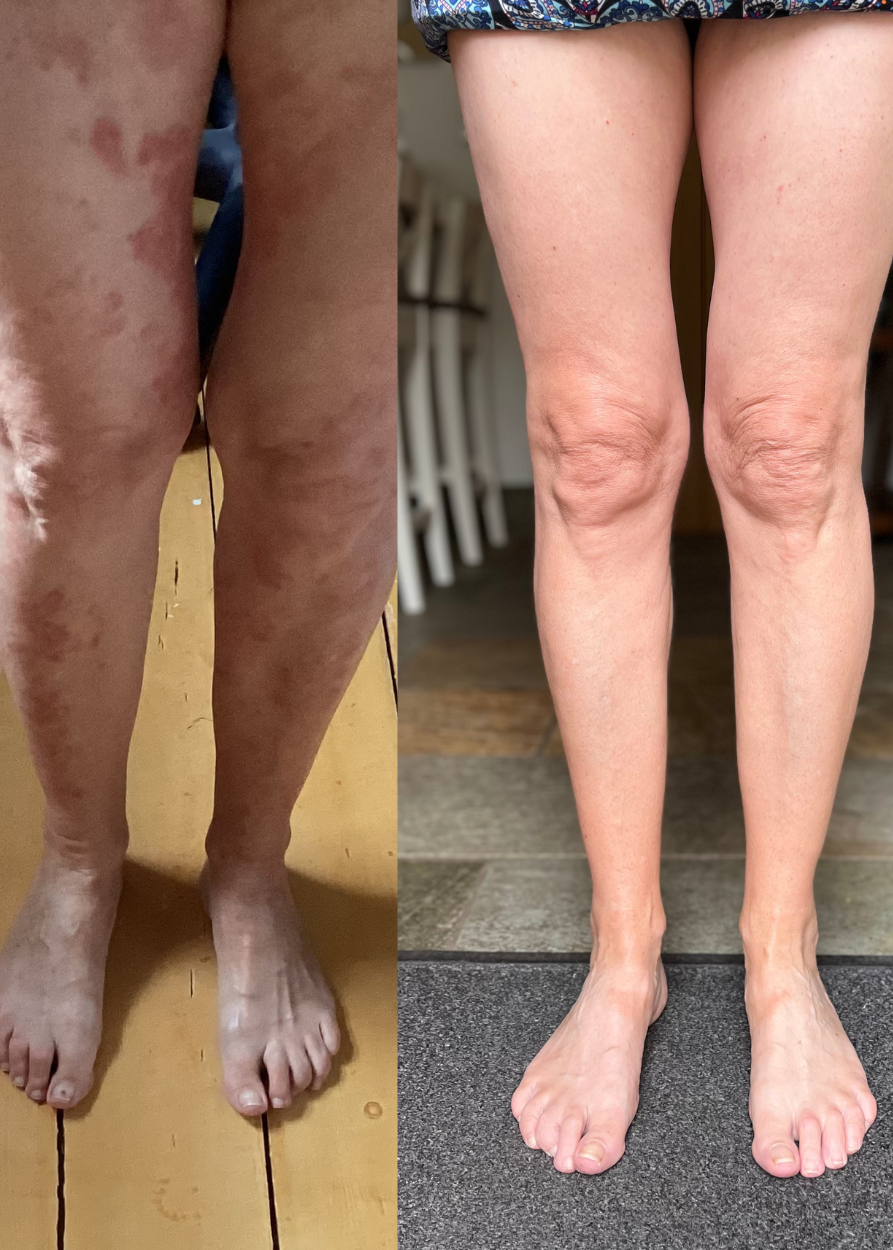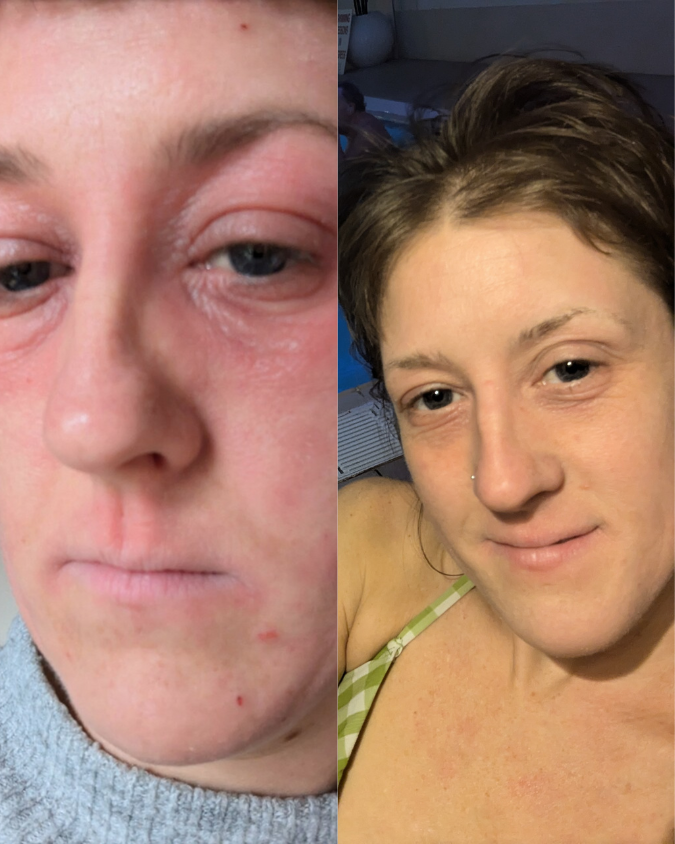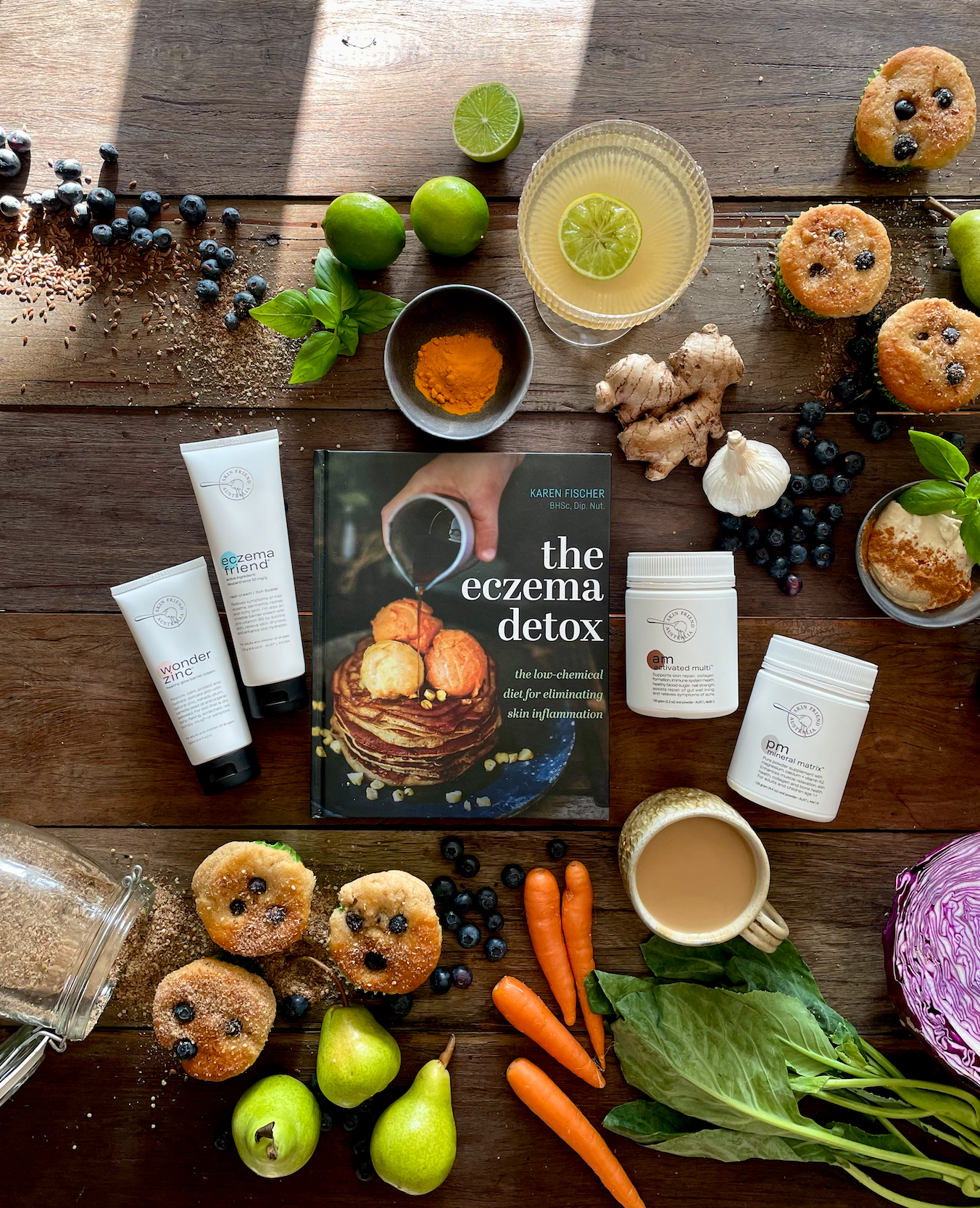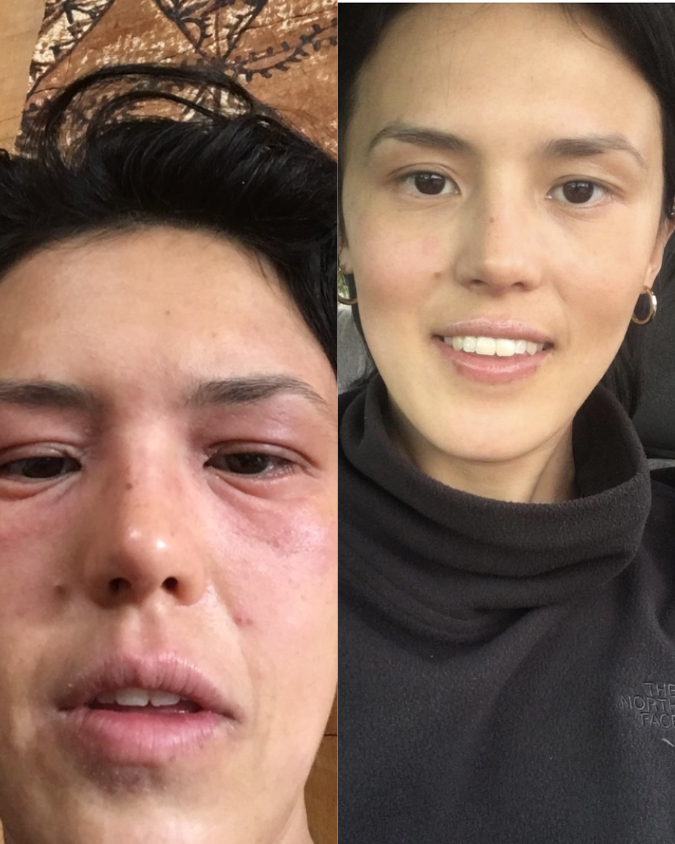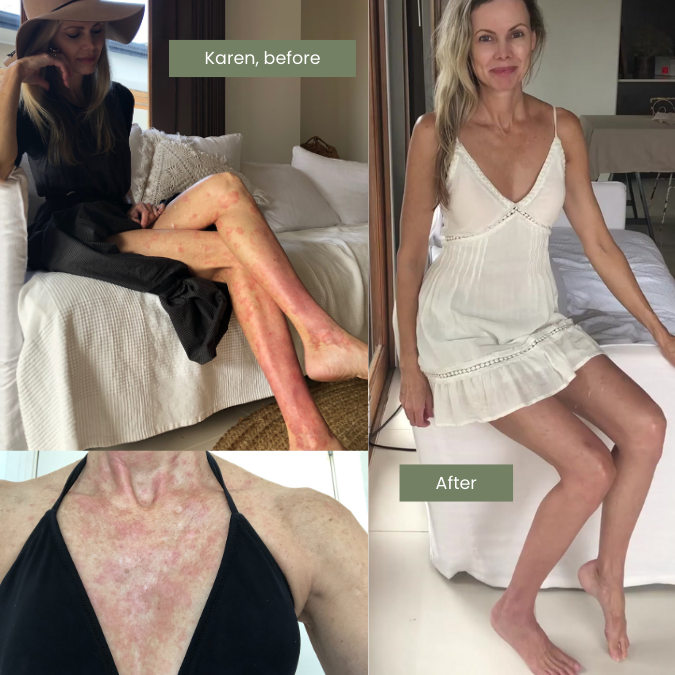
Cradle cap, those flaky, yellowish patches that often appear on a baby’s scalp, can be confusing and even a little alarming for new parents. While it’s common and usually harmless, understanding what causes it and how best to treat it can make a big difference in your child’s comfort.
In this article, I’ll explain what cradle cap really is (yes, it is a form of seborrheic dermatitis), plus:
- how to prevent cradle cap
- the best oil for cradle cap
- the most effective natural treatment options
Plus I highlight what to avoid - especially when it comes to oils and skincare products. Whether you’re a first-time parent or simply looking for a gentler way to manage flare-ups, you’ll find helpful, science-backed advice here.
Is cradle cap a form of seborrheic dermatitis?
Yes, it is. Cradle cap is a type of seborrheic dermatitis that affects infants, typically appearing as yellowish, flaky patches on the scalp. The good news is that there are several natural ways to manage and prevent it, which I’ll share shortly. Much of the information in this article on seborrheic dermatitis also applies to cradle cap and can help you reduce flare-ups in your child—both now and as they grow.

What Causes Cradle Cap?
Cradle cap is believed to be caused by a combination of factors, rather than one single trigger. One of the most widely accepted theories is an overgrowth of Malassezia - a type of yeast that naturally lives on the skin.
In some babies, Malassezia can multiply too rapidly, especially in areas with more oil glands, like the scalp. This can lead to inflammation, excess oil production and the buildup of flaky, yellowish scales commonly seen in cradle cap. Hormones passed from mother to baby before birth may also stimulate oil glands, contributing to the condition in the early months of life.
How to Treat Cradle Cap at Home: A Gentle Skincare Guide for Parents
Here's how to soothe and prevent cradle cap at home:
- Use a gentle, natural baby shampoo that is free of fragrance, PEGS, colours, benzoates, parabens and sulfates—so avoid typical brands like Johnson’s Baby Shampoo as it contains fragrance and sodium benzoate, which may irritate sensitive scalps. Also avoid soap (see previous paragraph).
- While shampooing their scalp, gently massage your baby’s scalp with a soft baby brush or cloth to loosen flakes.
- Gently dry their scalp.
- Apply a tiny amount of Wonder Zinc—a gentle, barrier-protecting cream designed for sensitive, rash-prone skin. Wash it out the next day with lukewarm water and gentle baby shampoo and repeat the process every second day until the scalp is clear.
Because when you support your baby’s skin with gentle treatments, you’re not just managing the flakes—you’re helping their delicate skin stay calm, comfortable and protected as they grow.
Oils to Avoid for Cradle Cap: What Not to Use on Your Baby’s Scalp
Although using oils to treat cradle cap is a common suggestion, certain oils can actually make the condition worse - especially for babies with sensitive or already inflamed skin.
Avoid using coconut oil, almond oil or squalane on your baby’s scalp. While these oils are popular in skincare, they may cause irritation. Some food-based oils, like almond and coconut, may also increase the risk of food allergies when applied to broken or sensitive baby skin.
Olive oil is another natural option that should be avoided. Despite its reputation, a clinical study published in Pediatric Dermatology found that applying olive oil to the skin can damage the skin barrier and cause mild inflammation, even in people without existing skin issues. For delicate baby skin affected by cradle cap, this may worsen symptoms rather than help.
Best Oil For Cradle Cap
The best oil for cradle cap is sunflower oil, as it's backed by science and proven to support delicate skin. In a well-known study comparing sunflower and olive oil, sunflower oil was shown to improve skin hydration and help maintain a healthy skin barrier—unlike olive oil, which was found to cause damage. That makes sunflower oil a gentler, safer choice for soothing cradle cap.

Can Zinc Cream Help with Cradle Cap?
Yes, when it's formulated with barrier-supporting ingredients, zinc-based creams can help soothe cradle cap and support your baby’s delicate skin barrier. Look for a baby product that contains non-nano zinc oxide (so it's safe for broken or irritated skin), sunflower oil, and provitamin B5 (Dexpanthenol) because it supports skin barrier health. These ingredients work together to calm redness, reduce flaking and protect the skin from further irritation.
Our recommended option, Wonder Zinc , combines all of these along with organic seaweed extract to help support the skin’s natural microbiome and reduce inflammation. It’s designed specifically for sensitive, rash-prone skin and can be used as part of a gentle at-home cradle cap routine.
As always, if symptoms persist or worsen, speak to your GP or healthcare provider for personalised advice.
Supporting Your Baby’s Skin, From the Outside and Within
Managing eczema takes more than a quick-fix cream. At Skin Friend, we offer a two-step approach: calm the skin externally and support it from within.
When it comes to managing cradle cap or other skin sensitivities in babies, true healing often takes more than a topical cream. At Skin Friend, we believe in a holistic, science-backed approach that supports your baby’s delicate skin.
Our gentle, steroid-free Zinc Rash Cream is specially formulated for babies with sensitive, rash-prone skin. It helps calm irritation, reduce redness and protect the skin’s natural barrier—without harsh ingredients that could trigger further reactions.
To complement this, our nutritional supplement range is designed to support healthy skin function from the inside. Nutrients like zinc, biotin and vitamins B2, B6 and K2 are carefully selected to help strengthen skin, balance the gut and reduce the risk of future flare-ups.
As both a parent and a nutritionist, I understand how distressing persistent skin issues can be. That’s why our philosophy is simple: no quick fixes, no gimmicks—just gentle, effective care that supports your baby’s skin health at every level.
Click for references
Kashiri A, Maghsoudloo N. Exploring the Impact of Vitamin D and Zinc Deficiencies on Seborrheic Dermatitis: A Comparative Study. Health Sci Rep. 2024 Dec 24;7(12):e70283. doi: 10.1002/hsr2.70283. PMID: 39720239; PMCID: PMC11667214.
McNulty H, Pentieva K, Ward M. Causes and Clinical Sequelae of Riboflavin Deficiency. Annu Rev Nutr. 2023 Aug 21;43:101-122. doi: 10.1146/annurev-nutr-061121-084407. PMID: 37603429.
Danby SG, AlEnezi T, Sultan A, Lavender T, Chittock J, Brown K, Cork MJ. Effect of olive and sunflower seed oil on the adult skin barrier: implications for neonatal skin care. Pediatr Dermatol. 2013 Jan-Feb;30(1):42-50. doi: 10.1111/j.1525-1470.2012.01865.x. PMID: 22995032.
Zhao M, Ralat MA, da Silva V, Garrett TJ, Melnyk S, James SJ, Gregory JF 3rd. Vitamin B-6 restriction impairs fatty acid synthesis in cultured human hepatoma (HepG2) cells. Am J Physiol Endocrinol Metab. 2013 Feb 15;304(4):E342-51. doi: 10.1152/ajpendo.00359.2012. PMID: 23211517; PMCID: PMC3566509.
Chatterjee K, Mazumder PM, Sarkar SR, Saha R, Chatterjee A, Sarkar B, Banerjee S. (2023). Neuroprotective effect of Vitamin K2 against gut dysbiosis associated cognitive decline. Physiol Behav. 269:114252. https://doi.org/10.1016/j.physbeh.2023.114252
Allergy & Anaphylaxis Australia. (2024, August 16). Development of food allergy through food-based skincare products. Retrieved 30 May 2025 from https://allergyfacts.org.au/development-of-food-allergy-through-food-based-skincare-products/






